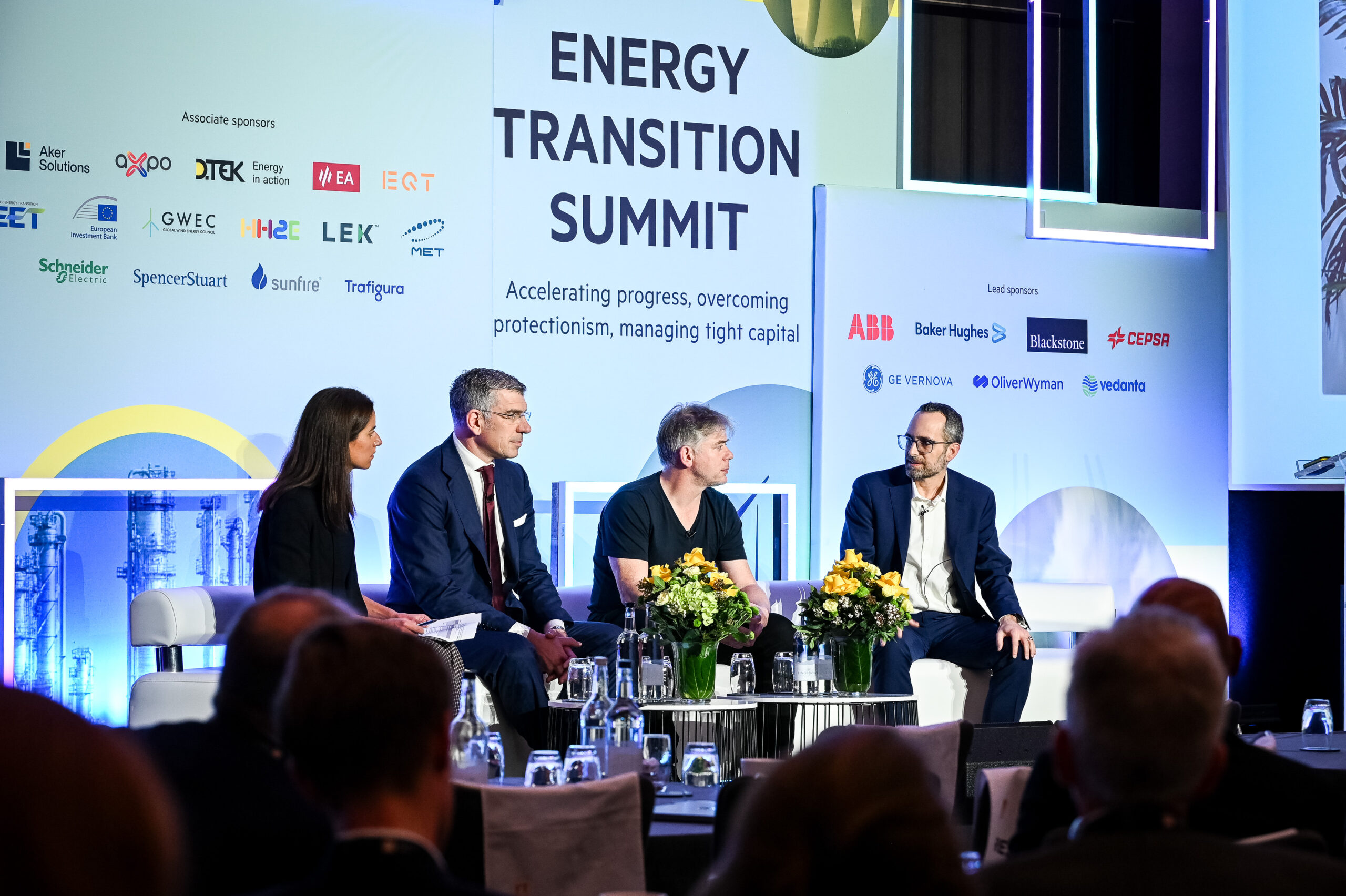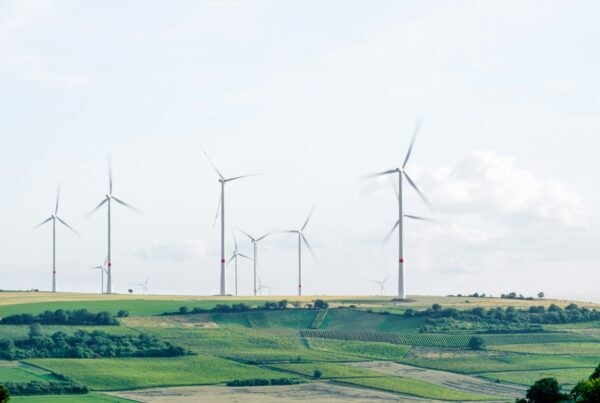Climate change is undeniably one of the most pressing challenges of our time. At the recent Financial Times Energy Transition Summit, Todd Khozein, CEO and Co-founder of SecondMuse spoke at a panel, emphasizing that "The future of clean energy is not just about innovation but also collaboration. Together, we can redefine the energy landscape."
The Current Landscape of Climate Tech Investing
Recent findings from PricewaterhouseCoopers highlight the ebbs and flows of climate tech investing. By the close of September 2023, global equity and grant funding for climate tech startups touched $65 billion. Impressive, but it’s actually a dip of 40% from the previous year. This downturn is influenced by geopolitical tensions, inflation surges, and fluctuating interest rates.
Interestingly, while high-emission sectors like cement and steel manufacturing secured a mere 14% of climate tech investments, startups in the mobility and energy sectors emerged as favorites. In fact, climate tech now represents over 11% of the overall startup investment market. A notable example is SecondMuse Capital’s investment in Pulse Industrial, which is harnessing the power of AI and machine learning with advanced sensors to monitor steam traps in industrial settings.
The Role of Philanthropic Investors and Alternative Financing
Venture Capitalists (VCs) are pivotal in driving innovation in the clean energy sector, often expanding their investments beyond traditional avenues like wind and solar. They typically provide the early-stage capital that sets the stage for further investment, validating and lending credibility to new technologies. For example, SecondMuse’s Scale For ClimateTech program began with $12 million of funding from NYSERDA and subsequently drew over $430 million in private capital, showcasing how strategic early investments can attract significant private funding.
In parallel, philanthropic investors contribute by focusing on the social and environmental impacts of their investments, often willing to fund projects that may carry more risk or longer timelines to profitability. This approach is vital for supporting emerging technologies that may not yet be on the radar of more traditional investors.
Emerging innovative financing mechanisms are being designed through processes like the Future Economy Lab (FEL) by SecondMuse Capital, with an ongoing lab to mobilize more accessible financial capital to scale gender-smart climate Micro, small, and medium-sized enterprises (MSMEs) in South and Southeast Asia. Alternative financing models can broaden the funding pool for cutting-edge technologies, thus fostering a quicker transition to sustainable energy solutions.
Potential Breakthroughs in Clean Energy and Environmental Innovation
The clean energy sector has several potential game-changers on the cusp of breaking through. Carbon capture technologies aim to reduce emissions from fossil fuel-based power generation, while innovations in hydrogen production, like “blue hydrogen,” present cleaner alternatives.
Furthermore, while nuclear fusion remains an ambitious goal, its realization could be a monumental step in clean energy production. VCs are actively exploring these areas, understanding their potential to not only provide cleaner energy solutions but also offer lucrative returns on investment.
Securing Investment for Clean Energy Startups
Startups often begin their funding journey by tapping into non-dilutive capital sources. As they progress, many turn to early-stage venture capital, seeking investors who share their vision and are willing to invest in their potential.
Today, an increasing variety of financing options are being explored by ventures and startups, and are tailored to their unique needs. Some of these options include bridge financing provided by climate financial firms, which offer short-term loans to cover gaps in funding. This blended finance approach, combining both equity and debt, allows startups to leverage the best of both worlds, ensuring they have the capital they need at various stages of their growth journey.
The success of these financing strategies is evident in the growing number of clean energy startups that are not only surviving but thriving in a competitive market. By effectively leveraging a mix of grants, venture capital, and innovative debt instruments, these ventures are able to scale their operations and contribute to a sustainable energy future. Collaboration with financial institutions and strategic partners further enhances their ability to secure necessary funding and expertise, positioning them for long-term success in the clean energy landscape.
Overcoming Investment Challenges and Leveraging Government Grants
Securing investment remains a formidable challenge for many clean energy startups. They must navigate a complex landscape of proving technological viability, achieving market fit, and meeting stringent investor criteria.
Government grants play a pivotal role in this ecosystem by providing early-stage funding that helps to de-risk these ventures for subsequent private investment. This public support is not just financial; it serves as a stamp of credibility, often catalyzing further interest and funding from venture capitalists and private equity firms (as the Scale for ClimateTech example shows).
By bridging the gap between innovation and marketability, government grants are instrumental in enabling startups to refine their technologies, scale operations, and move towards commercialization in a market that is increasingly receptive to sustainable and renewable energy solutions.
Forging the Future Through Collective Effort
The path to a sustainable future is paved with the collective efforts of innovators, investors, and visionaries who understand that the battle against climate change is fought on the fronts of technology, finance, and community. Todd’s insights at the Financial Times Energy Transition Summit underscore the necessity of this united approach.
SecondMuse’s journey over the past 15 years exemplifies the power of collaboration, having catalyzed over 11,000 solutions and supported more than 1,200 ventures, collectively securing upwards of $850 million in additional funding. Our commitment to fostering innovation and accelerating the transition to clean energy is unwavering. By continuing to invest in groundbreaking technologies, supporting startups through their financial challenges, and leveraging the synergistic power of government and philanthropic partnerships, we are not just envisioning a greener tomorrow—we are actively constructing it.
As we move forward, the lessons learned, and the successes achieved serve as a beacon, guiding us toward a future where economic prosperity does not come at the expense of our planet. We invite you to join us in this mission, to contribute to a world where sustainability and progress go hand in hand, ensuring a thriving planet for generations to come.
Together, we can redefine the energy landscape and turn the tide on climate change.







